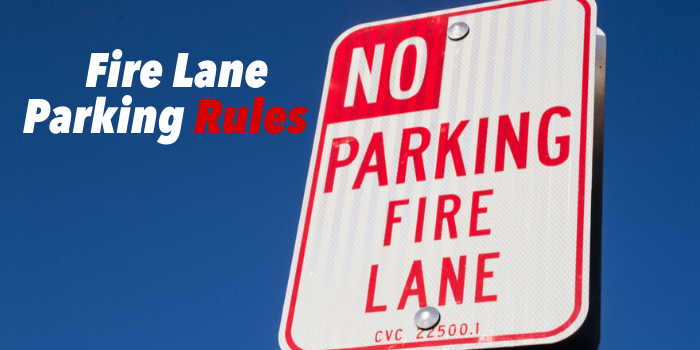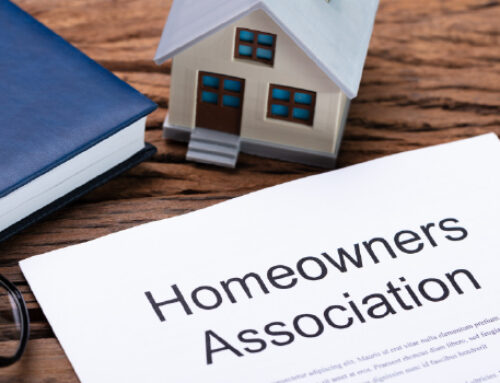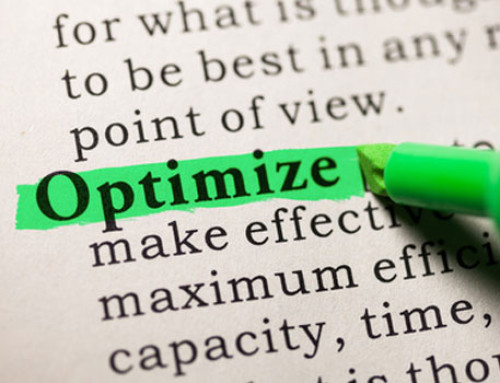A fire lane is defined as a marked lane near a structure that runs along the street. As every driver knows, parking in a fire lane is prohibited at all times in order to grant fire trucks and emergency vehicles unobstructed access to the structure in the event of an emergency. However, it’s not uncommon for drivers to ignore those parking rules by reasoning that an emergency “probably won’t happen.”
Why Fire Lane Parking Restrictions are Important
All fire lanes within a community must be properly and visibly marked so that residents are clearly informed of the no-parking zone. When a person chooses to ignore signage and park illegally in a fire lane, it can have disastrous consequences for both the driver of the car and the other residents of the community as a whole.
When access to a fire lane is impeded, emergency officials may be unable to reach their destination, thereby significantly delaying their response time. The fire department may issue fines directly to the HOA if cars within the neighborhood are found to be blocking the fire lines. The HOA could then choose to pay the fine itself, or fine the driver of the offending vehicle and pass the fine to them.
Tackling Illegal Fire Lane Parking in an HOA
So, what can the HOA do in order to make sure that no vehicles block the fire lanes within the community? First and foremost, post proper and clear signage. This will ensure that residents are informed, thus giving the HOA the upper hand should a dispute occur over a vehicle’s parking spot.
It would also be wise to include a section in the CC&R’s reiterating that parking in a fire lane is against the law, and that the HOA reserves the right to deal with illegally parked vehicles. Fines may be a good method to discourage drivers from parking illegally. However, depending on the set up of your community and your HOA, fining can present two problems:
- First, the HOA can only fine cars on HOA-controlled streets, as the HOA has no jurisdiction on public streets.
- Second, unless records of residents’ license plates are kept on-hand and a fine can be issued directly to an HOA member with confidence that it is their car that committed the offence, the HOA doesn’t have any way to ensure that the fines get paid.
To Tow or Not to Tow?
In many situations, the HOA can give a general written authorization to a contracted company (or companies) to tow any vehicles which are unlawfully parked in a fire lane. You could consult with legal counsel to see if this is an option in your city and state. The problem with towing is that tow trucks usually take a while to arrive, and the offending driver may move their vehicle before the tow takes place. Additionally, sometimes the tow company will require that a member of the board be present to authorize each tow before it happens, which may create more hassle than it’s worth.
However, if the fire lane is on an association-controlled street, the board can tow vehicles without notice and without specific authorization. This does not apply to public streets. As mentioned above, local law enforcement is primarily responsible for all rule enforcement on all public streets. If the HOA board members run into repeated issues, they may feel it’s necessary to involve local law enforcement, such as the fire or police department, to see what assistance they can offer.
In emergency situations, just as the saying goes, it is always better to be safe than sorry! Make sure your HOA has proper signage that is clearly visible. Educate residents about just how important those fire lanes are when – not if – an emergency occurs.







